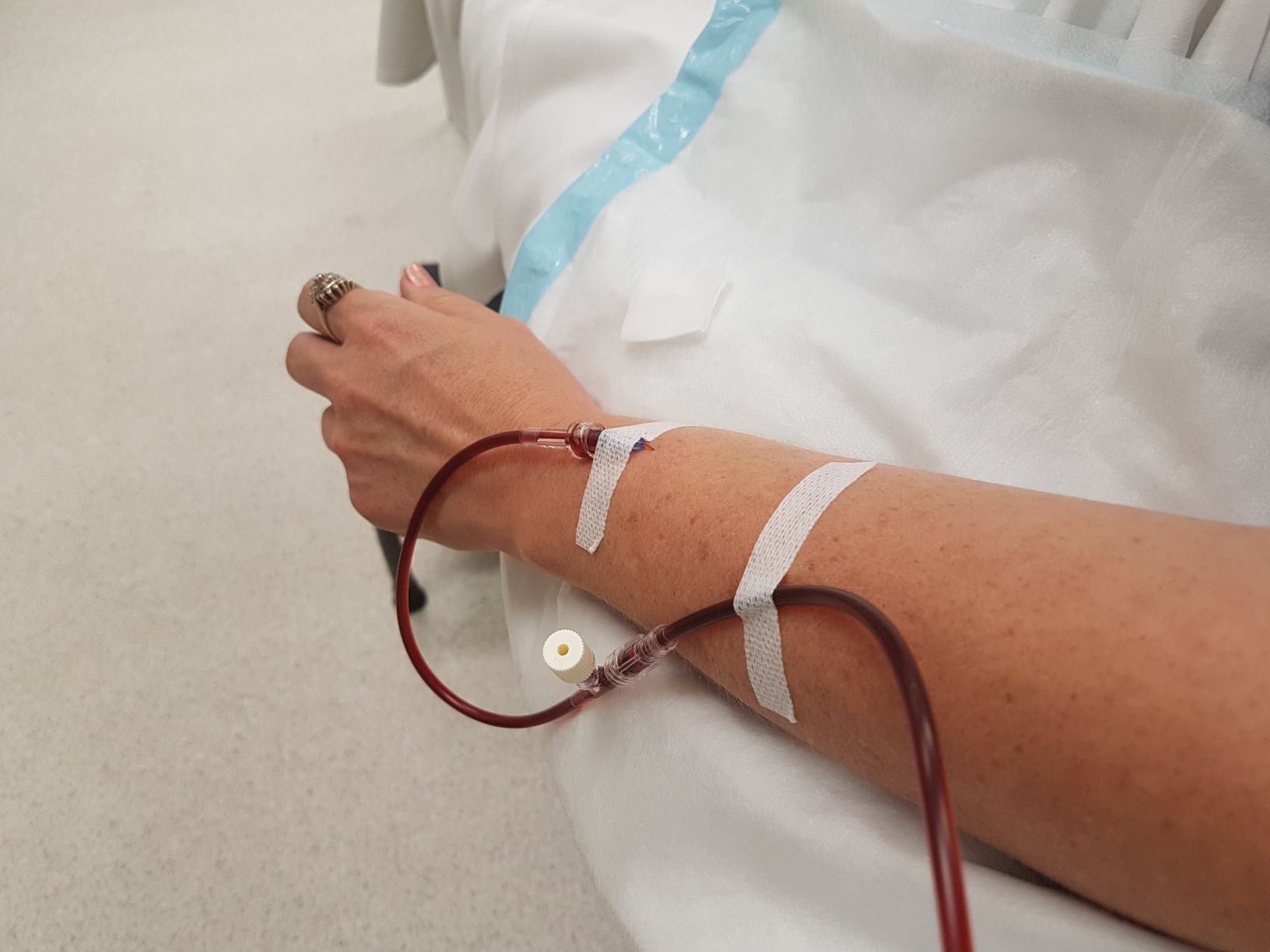Iron infusions may seem like a harmless and benign medical intervention. You may even have benefitted from having had one in the past.
They are commonly offered to women as a way of treating symptoms such as tiredness and fatigue for low iron levels, diagnosed iron deficiency or anaemia.
However, these procedures can and do go wrong, particularly where routine steps and precautions are not taken to administer the iron infusion properly. A distressing and unsightly skin stain can result, nerves can be compressed or affected causing neuropathic pain, irritation or tingling, or other adverse effects may result, sometimes with long term consequences.
Iron infusions are a serious medical intervention. There are numerous contraindications, for example, in patients who have anaemia not attributed to iron deficiency, or where there is evidence of iron overload or disturbances in utilisation of iron. Your practitioner must perform a range of investigations (blood pathology) to determine your suitability prior to administering you with an iron infusion. You should be informed about and trial oral supplementation first or counselled in respect of dietary interventions. Other investigations may need to be undertaken, to identify a cause of your symptoms.
What can go wrong?
Ferinject is a popular preparation used in Australia. The active ingredient is iron which is mixed with a saline solution and injected directly into the blood stream intravenously (ie. by way of a vein). It should not be administered directly into the tissue subcutaneously nor injected into the muscle.
Care needs to be taken by your health professional to properly site the needle when administering the iron infusion to avoid leakage of the infusion material into the surrounding tissue and nerves.
Often, pain is a sign that the infusion is not being administered properly into the vein. The procedure should be stopped if pain is experienced. Another red flag is the accumulation of fluid in the tissue around the site of the infusion. Where leakage is suspected, such as with fluid accumulation beneath the skin, the procedure must be stopped immediately.
Where extravasation of iron occurs, dark brown pigmentation and staining can develop with other symptoms such as neuropathic pain, tingling, or irritation.
Get in touch with us
If you have suffered an injury as a result of a poorly performed iron infusion procedure, get in touch with our medical negligence team on 13 43 63.
At Turner Freeman, we have specialist medical negligence lawyers who will assess your case and provide personalised advice regarding your legal entitlements. Our medical negligence lawyers are located across NSW including in our offices in Parramatta, Sydney, Wollongong, Newcastle and Toronto.

